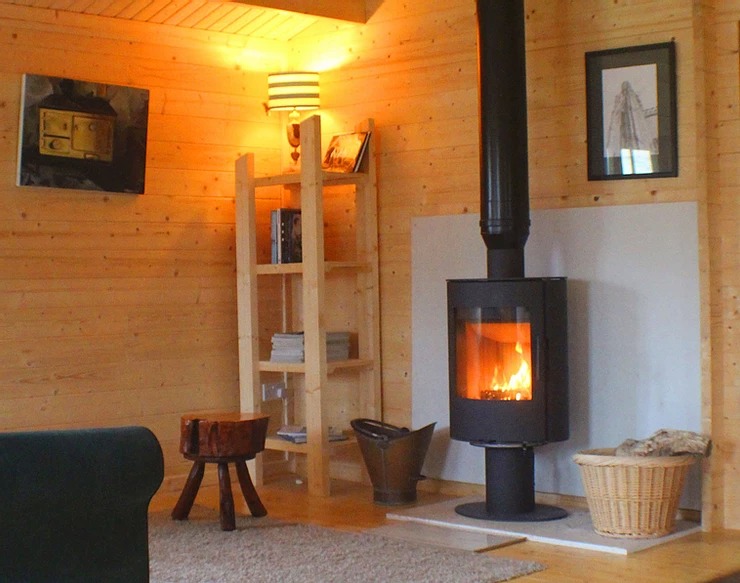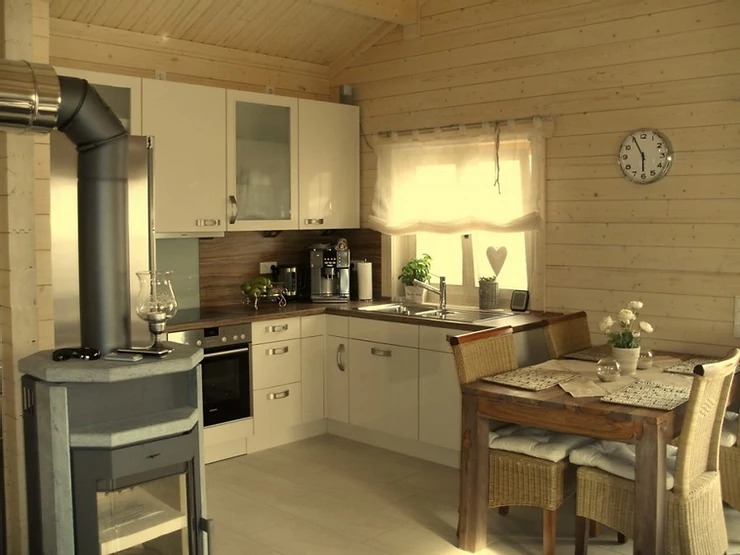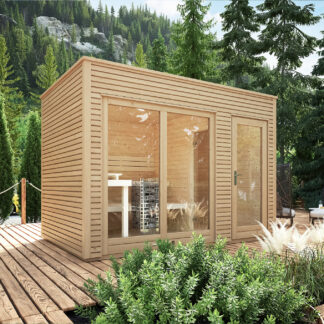
Essential Tips for Log Cabin Owners
Maintaining and caring for a wood-burning stove is crucial for log cabin owners. In this blog post, we will provide essential tips to help you keep your wood-burning stove in optimal condition. Whether you’re a seasoned owner or new to log cabin living, these tips will ensure that your wood-burning stove operates efficiently and safely. So, let’s dive in and discover how you can properly maintain and care for your wood-burning stove in the comfort of your log cabin.

1. Choosing the Right Wood
Choosing the right wood for your wood-burning stove is vital to ensure efficient and safe operation.
Selecting hardwoods such as oak, maple, or birch is recommended as they burn longer and produce more heat compared to softwoods like pine or fir. Make sure the wood is properly seasoned and dry to prevent excessive smoke, creosote buildup, and reduced efficiency. It’s also important to avoid using treated wood, as it can release harmful chemicals when burned. By selecting the right wood, you can maximize the performance of your wood-burning stove while minimizing potential risks.
2. Proper Installation and Ventilation
Proper installation and ventilation are crucial for the safe and effective operation of your wood-burning stove. Be sure to follow manufacturer guidelines and local building codes to ensure the stove is correctly installed and connected to a suitable chimney or venting system. Adequate ventilation will help remove smoke, gases, and excess heat, keeping your log cabin safe and comfortable.
3. Regular Cleaning and Inspection
Proper installation and ventilation are crucial for the safe and efficient operation of your wood-burning stove. Regular cleaning and inspection further ensure its optimal performance and longevity.
4. Efficient Wood-Burning Techniques
Efficient wood-burning techniques, such as using small, well-seasoned logs and maintaining a consistent airflow, can help maximize the heat output and minimize waste.
5. Ensuring Safety and Fire Prevention
Ensuring safety and fire prevention is paramount when operating a wood-burning stove. Regularly inspecting and cleaning the stove, using the right wood, and following efficient burning techniques can help mitigate potential risks and ensure optimal performance.
6. Troubleshooting Common Issues
Troubleshooting common issues with your wood-burning stove can help address any performance or operational problems you may encounter.
- Regular Maintenance and Cleaning Schedule
Establishing a regular maintenance and cleaning schedule for your wood-burning stove is crucial for its longevity and efficiency. This includes cleaning the chimney, removing ashes, and inspecting the stove for any signs of damage or wear.
- Consideration of Local Regulations and Restrictions
Before installing or operating a wood-burning stove, it is important to consider and adhere to local regulations and restrictions. This ensures compliance with safety standards and avoids any potential legal issues.
- Proper Storage and Handling of Firewood
Properly storing and handling firewood is vital for efficient and safe wood burning. It is recommended to keep firewood dry, elevated off the ground, and away from the stove to prevent moisture and pests from affecting its quality.



